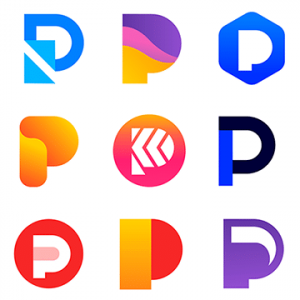In the fall of 2017, CRIM completed a research and development partnership with L’Oréal Canada. The project consisted of designing tools to facilitate custom product recommendations for L’Oréal Canada’s clients. The algorithms developed use collaborative filtering, a form of machine learning, to develop recommendation systems.
Project
CRIM developed the basic algorithm and created a tool that L’Oréal Canada will be able to integrate into its communication systems. The collaboration with CRIM and the resulting knowledge transfer enables L’Oréal Canada to learn the basics of a recommendation system that they can then adapt to their specific needs.
Tool testing and results
In order to test the tool’s performance, email campaigns containing personalized product suggestions were sent to the group’s customers. L’Oréal Canada observed increased client responsiveness when the recommendations were tailored to each recipient’s profile.
How it works: Collaborative filtering
Collaborative filtering is a technique belonging to the field of artificial intelligence. It aims to build recommendation systems using the opinions and evaluations of a group to help an individual make choices. In order for the algorithm to be able to select which products will be recommended to each individual, it is necessary to be able to group clients according to certain criteria. Some referral systems rely on socio-demographic data (age, gender, place of residence, etc.) to recommend similar products to users who share similar characteristics. Other systems use product characteristics to target their recommendations. For example, if the majority of products purchased by a user are vanilla-scented cosmetics, the system could recommend products containing this fragrance more frequently.
CRIM’s experts, for their part, have instead used users’ purchase history to build their recommendation system. They used both the best sellers, who are recommended to as many customers as possible, and customer groupings based on their past purchases. For example, if two customers have often purchased the same products, the system may determine that their profiles are similar and therefore that they may be interested in the same products in the future. In this case, it might suggest one of the products purchased by the other, and vice versa.
Other features
The tool developed by CRIM also makes it possible to offer a client who only buys products from one of L’Oréal Canada’s 39 brands products from another brand, while avoiding placing the different brands in competition with each other. The team also wanted to include in-store purchases in their calculations, so that they could influence recommendations sent by email, but since most customers do not provide their email during in-person transactions, it was currently not possible to collect enough data to translate this into an efficient algorithm.



























